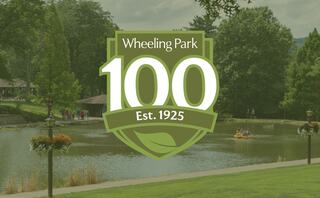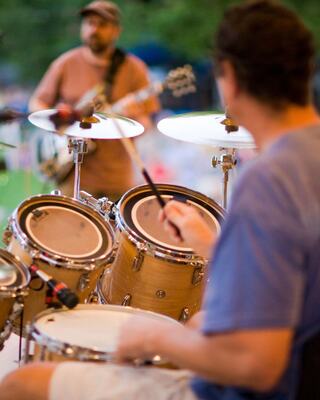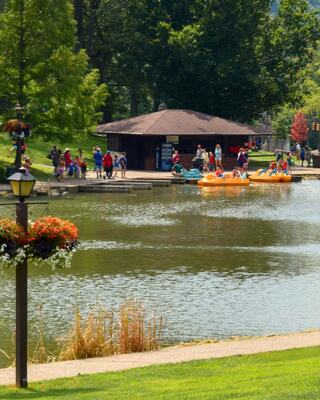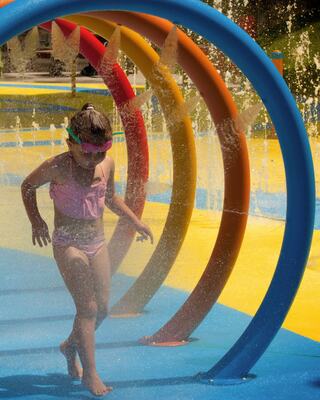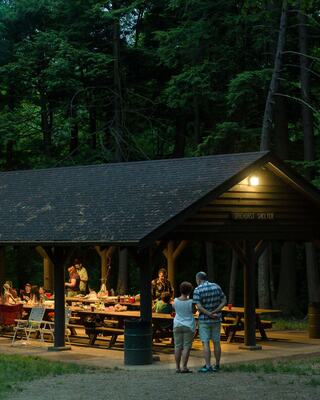Let's Gather
From family reunions and birthday parties to weddings and milestone celebrations, Wheeling Park is where life’s most memorable moments come to life.
This year marks a momentous milestone—Wheeling Park proudly celebrates 100 years as a beloved community treasure. Since becoming a public park in 1925 through community fundraising efforts, Wheeling Park has been a cherished 406-acre space for the people. With roots as an early 1900s amusement park and a century of year-round recreation, it remains a treasured West Virginia destination rich in history, connection, and community spirit.
Wheeling Park is packed with fun this season—new adventures, signature events, and live music all season long.
Wheeling Park is packed with fun this season—new adventures, signature events, and live music all season long.
Over the years, Wheeling Park has been many things to many people—a brewery, a casino, an amusement park, and a cherished public space. Yet through every chapter, it remains a park for the people—a welcoming place that continues to serve and inspire the community to this day.
